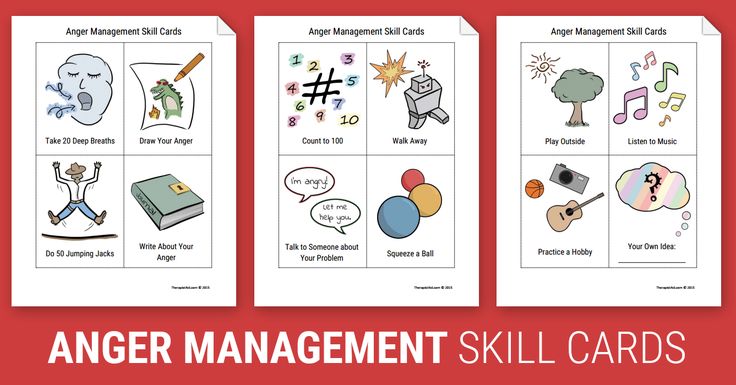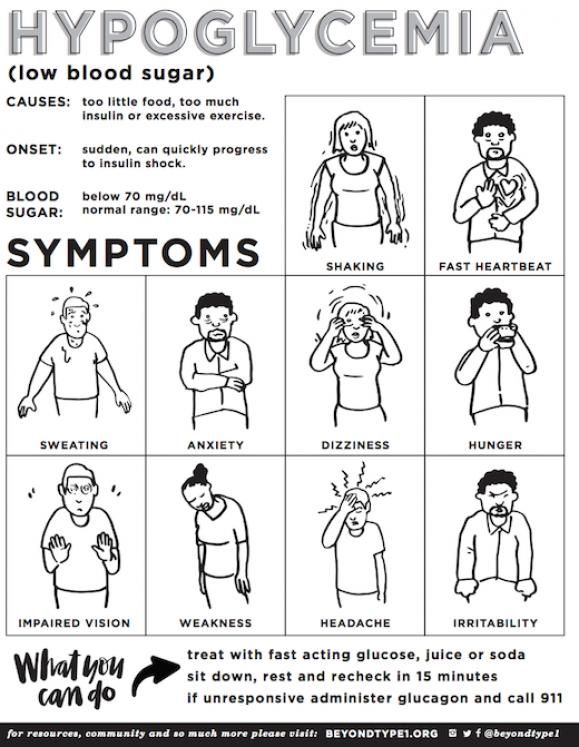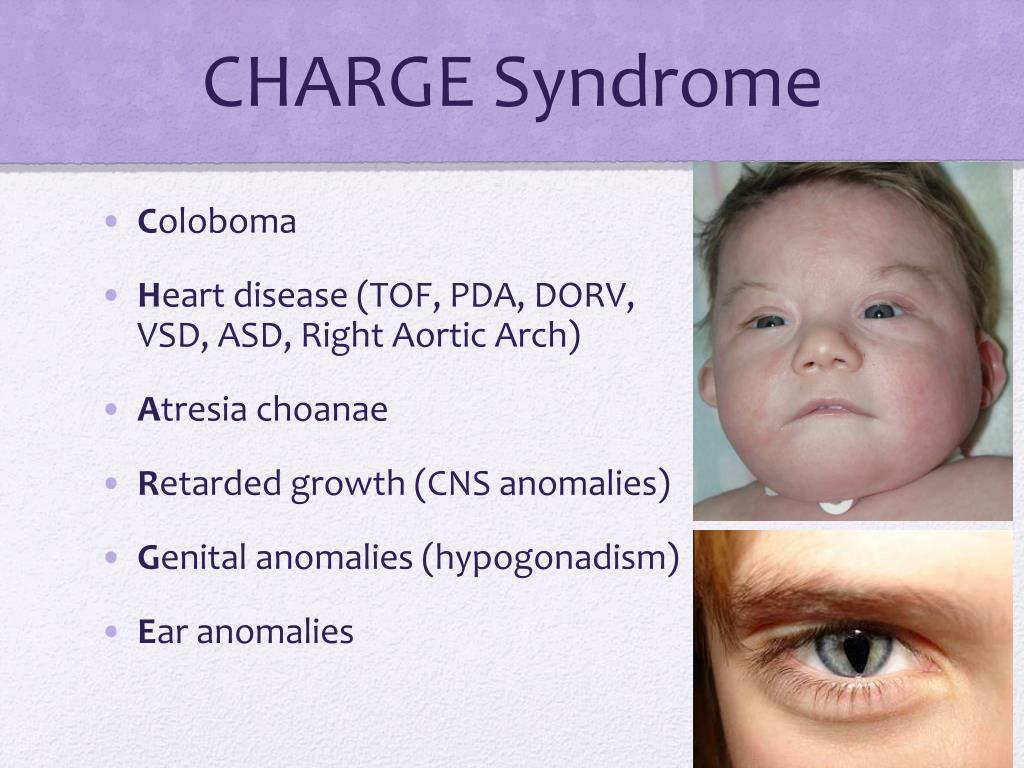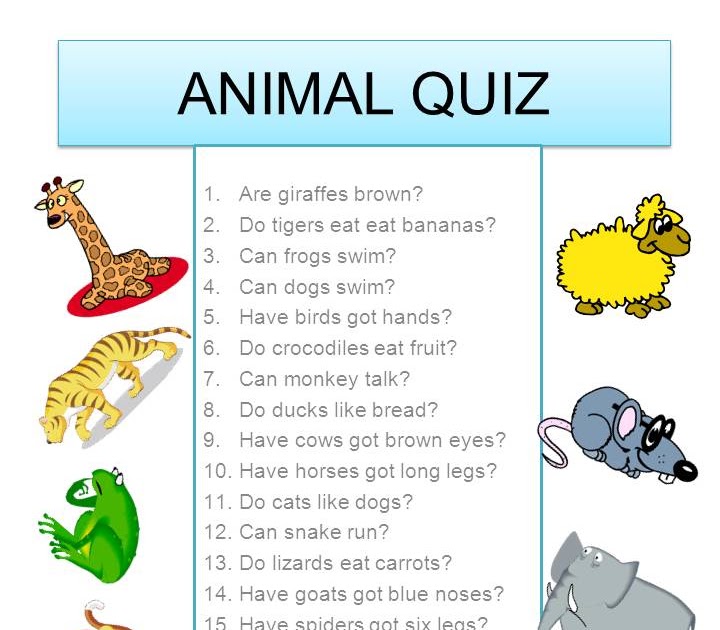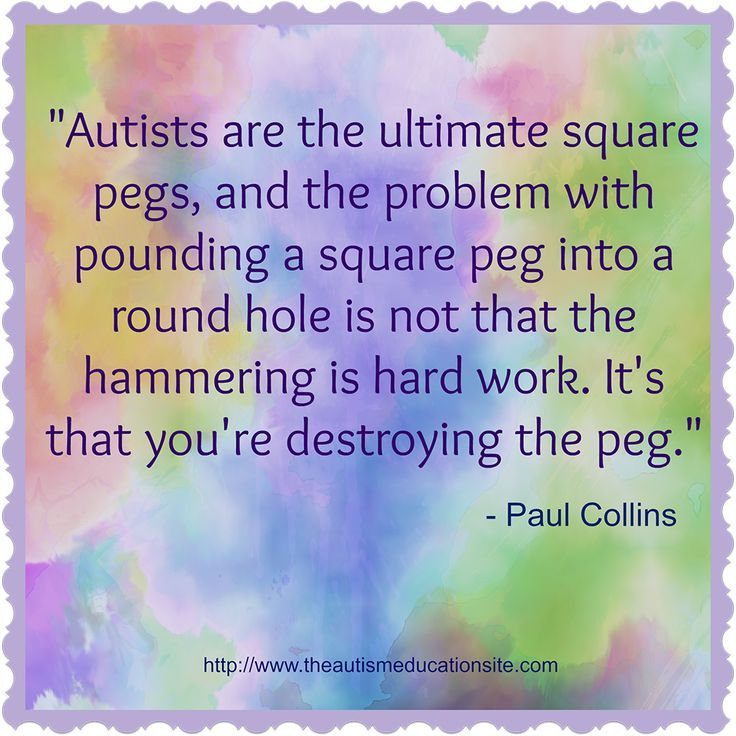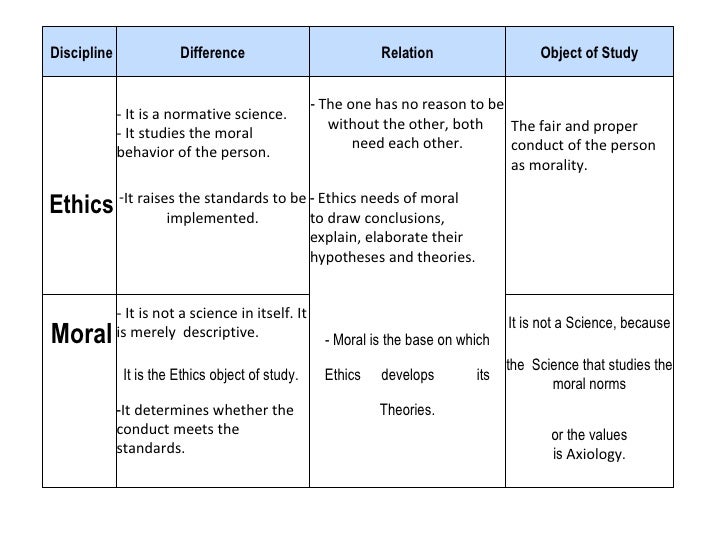Fun therapy activities for youth
10 Effective Therapy Activities for Teens and Adolescents
Motivation.
It’s the driving force behind so much of what we do. When we feel a true sense of motivation, it’s amazing what we can put our minds toward. In the world of mental health therapy, clients can be more open and eager to participate in sessions when they are motivated to do so.
As we all know, it isn’t always easy to find motivation or help others find it.
Some therapists may find it particularly challenging to motivate teenagers and adolescents within therapy sessions.
Mental health disorders are common in young people. In fact, 1 in 7 meets the diagnostic criteria for a mental health disorder. However, many of those teens and adolescents do not actually access professional help.
One reason young adults do not seek therapy? Their perceptions of a therapeutic relationship with professionals. According to one study, 68% reported this as a concern, including the feeling that it might be difficult to trust the professional working with them.
With this perception, those adolescents and teens who actually do access therapy may not easily engage or participate. They may come into therapy with a wall up, and this barrier can be hard to break through.
Here’s the good news.
Using the right activities can increase a young adult’s motivation in therapy and can effectively help them make progress. Increasing the effectiveness of therapy is a win-win that benefits both therapists and young clients!
Choosing the Most Effective Exercises & ActivitiesSo, how do you find the right activities to use with your young adult clients in therapy?
According to research, creative activities can positively affect adolescents’ behavioral changes, self-confidence, and self-esteem.
That’s right. Traditional talk therapy can be a barrier to communication in sessions with young adults. It can be best for professionals to think out of the box when it comes to planning sessions.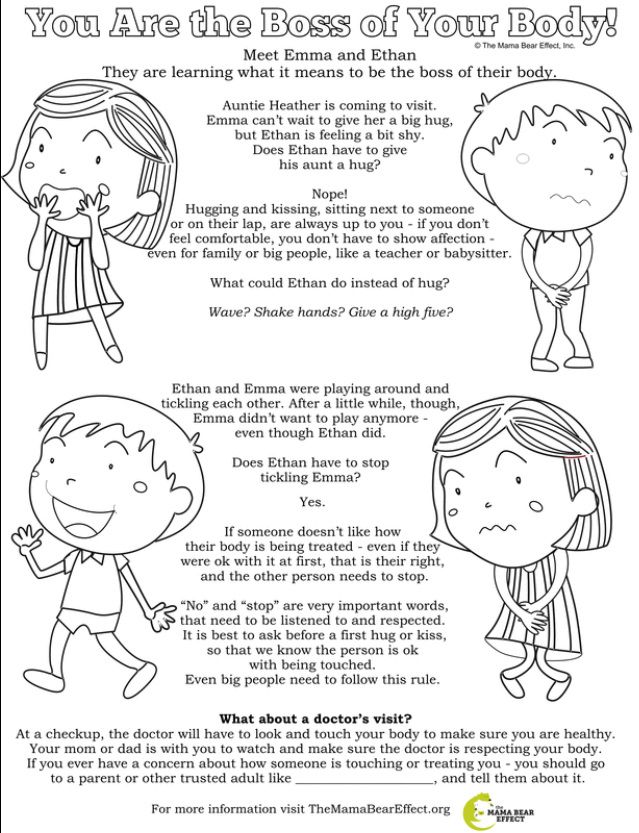
Creative activities might include those that incorporate the client’s interests, hobbies or involve movement and art. It can also be helpful to incorporate writing and technology into sessions with young adults, to encourage participation from those who might feel a sense of stigma or embarrassment in speaking directly with a professional.
We’ve put together a list of some of the 10 most effective (and fun!) therapy activities for teens and adolescents. Whether you’re treating clients in-person or through teletherapy, these activities can help your young adult clients stay motivated, build a positive rapport with you, and make progress.
#1: The Candy GameCandy…at therapy?
Here’s a sweet way to help teens and adolescents effectively open up about their emotions during sessions.
You and the client each get a small bag of M&M’s or Skittles. Make a code that links each color of candy to a certain emotion. For example:
Red = Angry
Yellow = Happy
Blue = Sad
Green = Jealous
Orange = Excited
Take turns taking out one piece of candy from your bag, and find which emotion its color corresponds to.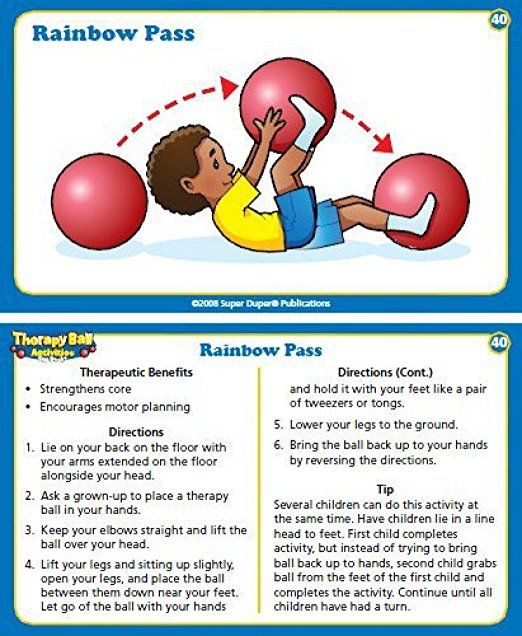 Then, share about what makes you feel that emotion or a past experience that brought out the feeling in you. Of course, your client gets to eat his or her candy in between turns!
Then, share about what makes you feel that emotion or a past experience that brought out the feeling in you. Of course, your client gets to eat his or her candy in between turns!
Because a professional is not asking the young adult client a series of direct questions (which could be intimidating), the client may be more likely to engage in an activity like this. A snack is a nice way to break the ice and start building a strong, professional client-therapist rapport.
#2: Gratitude Scavenger Hunthttps://simplyfullofdelight.com/gratitude-scavenger-hunt/
Expressing gratitude is strongly correlated with greater happiness, according to research from Harvard Medical School. It’s a concept frequently targeted in therapy sessions with teenagers because gratitude can lead to positive relationships with others and increased strength in the face of adversity.
But, determining the most effective way to help teenagers identify and express aspects of their life that they are grateful for is not always easy. Asking your client to complete a gratitude scavenger hunt is one way to evoke these feelings!
Asking your client to complete a gratitude scavenger hunt is one way to evoke these feelings!
Your child can look around their room among their personal possessions and outside to complete the scavenger hunt. For example, finding a picture of a friend they are grateful for. Or, a favorite piece of clothing that they love to wear.
Incorporating movement and visuals, and tapping into the client’s life in this way can be an effective way to work on a concept like gratitude during therapy sessions. If you’re seeing the client in person, he or she can complete the hunt at home and bring it back during the next session.
This is a great activity to complete over a teletherapy session. The client can actually find and show the therapist things on video that capture their feelings of gratitude!
#3: Exploding BalloonsAdolescents and teenagers can benefit from learning how to identify how holding onto anger and other emotions inside of them can lead to problems.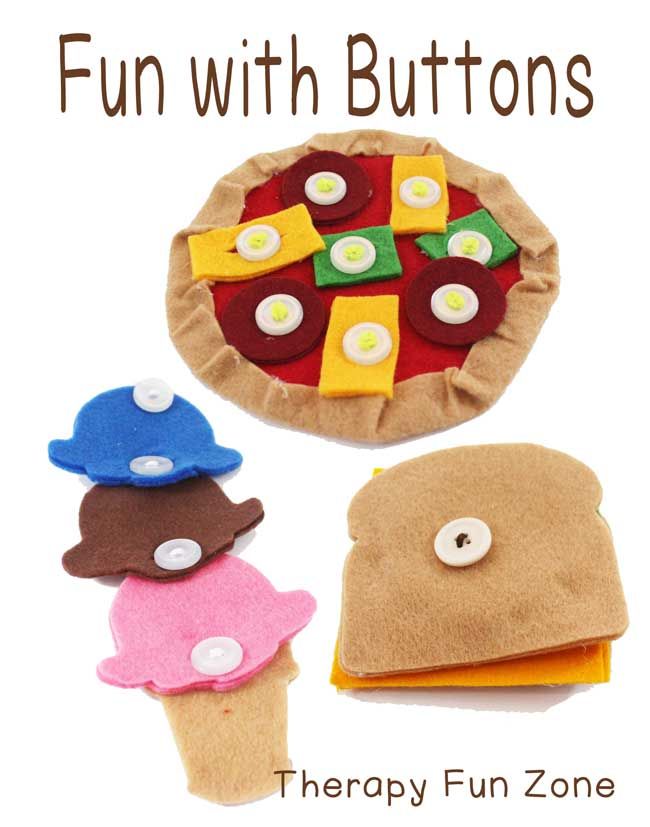 In therapy, these clients might work on learning appropriate strategies for expressing anger and emotions and practice using these strategies.
In therapy, these clients might work on learning appropriate strategies for expressing anger and emotions and practice using these strategies.
In the exploding balloons activity, the client and the therapist each get a balloon. The therapist asks the client to think of a time or a situation that made them feel angry, but do not talk about it. Then the therapist blows some air into a balloon. Then, the client is asked to think of another situation in which they felt anger, and the therapist blows more air into the balloon. This continues until eventually, the balloon pops.
The talking point for this one is that if we continue to hold onto anger, it can lead to other problems.
Next, repeat the above exercise and the client gets a balloon. But this time, after the client thinks of something that made him or her angry, he talks about it. As he or she discusses it, ask the client to let a little air out of the balloon. At the end of the exercise, reinforce to the client that the balloon did not pop!
Explain that by letting some of those feelings out (by talking about them, which was represented by letting air out of the balloon), an extreme consequence was avoided.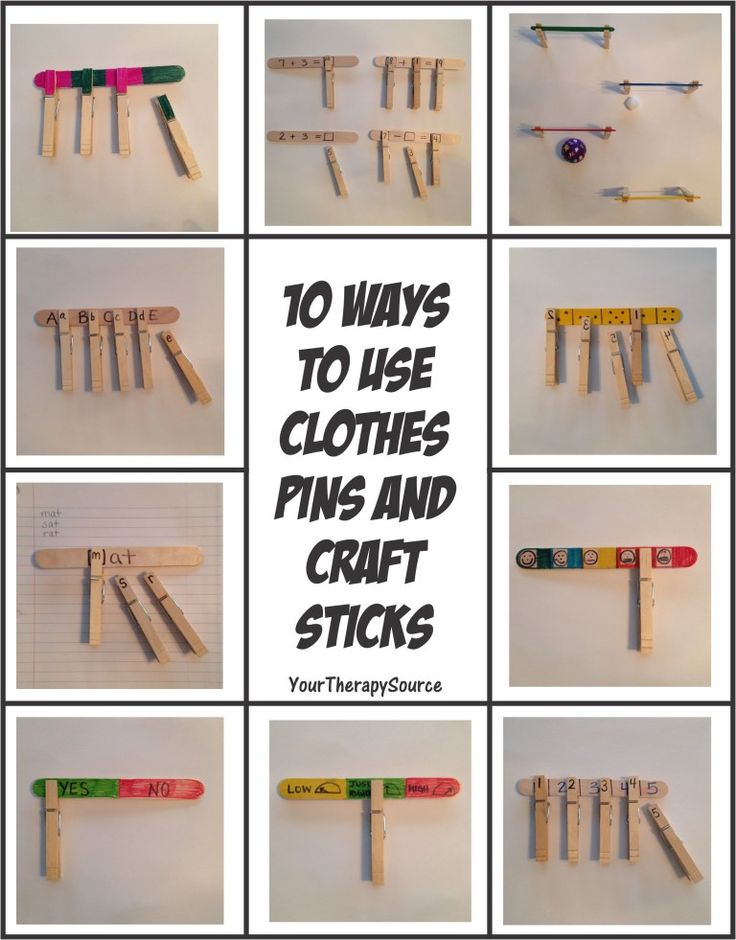
This is an engaging, hands-on activity that helps young adults understand how holding in feelings like anger can lead to damaging consequences.
#4: Talk it out BasketballMovement and sports can be an effective way to engage active young adults in therapy. Some have trouble sitting still, or might open up more in therapy when they are doing something fun - like this talk it out basketball game!
Ask the client to help you come up with some questions to write on a few index cards. For example, “When was a time when you felt really happy?” and assign a number of points to each card. Use masking tape to tape the cards around the room, with a small basketball hoop in the middle.
Take turns making baskets from different cards. After you answer the question on the card, shoot a basket!
#5: Hopes and Fears TreeArt can be an effective mode of expression for young people who are reluctant to share their feelings or thoughts verbally with someone else.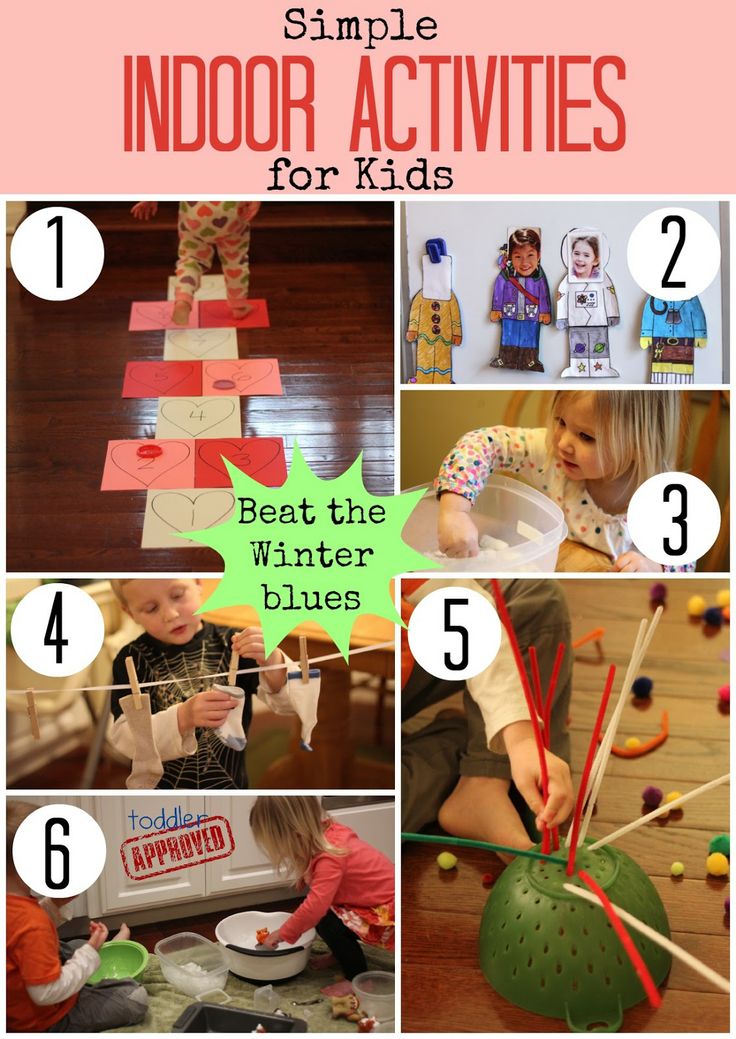
Creating a hopes and fears tree can help your client talk about their goals and also uncomfortable feelings like fears they have that may hold them back from pursuing those goals.
Ask him or her to draw a big tree on a poster board. On the leaves of the tree, ask your client to write their dreams. Under the tree, your client will draw worms. Have them write their fears on the worms.
Hopes and Fears Treehttps://hope4hurtingkids.com/emotions/coping-skills/hopes-and-fears-tree/
Explain to the client that instead of running away from their fears, they can identify, name, and face them.
The worms in the picture are actually helpful, and fertilize the dream tree to help it grow!
#6: Feel the BeatExperts in the field of mental health report that music can help with stress relief, emotional well-being, and even identify formation in adolescents.
Help your client create a “Mental Health Playlist”.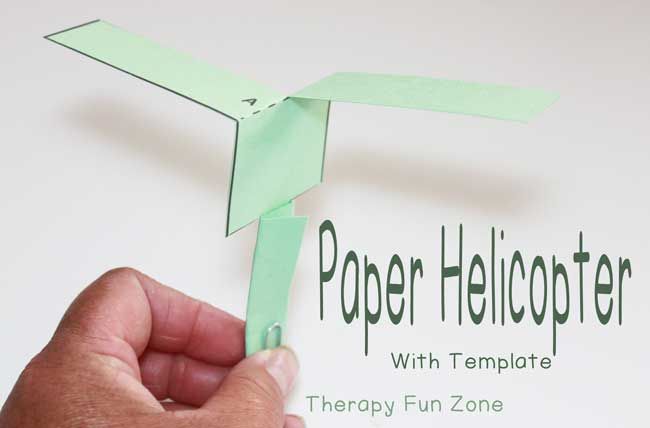 If you’re doing a teletherapy session, you can screen share a music app. Search for songs that can help match the client’s moods at different times. Clinical therapists recommend ordering the songs to start with difficult emotions (like anger) and progress to more desired emotions (like happiness.
If you’re doing a teletherapy session, you can screen share a music app. Search for songs that can help match the client’s moods at different times. Clinical therapists recommend ordering the songs to start with difficult emotions (like anger) and progress to more desired emotions (like happiness.
According to experts, music-based activities like this can be helpful for clients who struggle with verbal expression. It can also help build a positive therapeutic relationship because it involves clinicians relating to teens through something they enjoy!
#7: YogaSeveral studies have proven that Yoga can have positive effects on adolescents and teenagers who have anxiety disorders and stress.
Yoga can be considered trendy, enjoyable, and calming for young adults. Not to mention, effective in providing calming effects. If you’re a clinician holding an in person session, grab a few yoga mats and turn on some soothing music.
During teletherapy sessions, consider screen sharing a Cosmic Kids Yoga video on YouTube as you and the client follow along.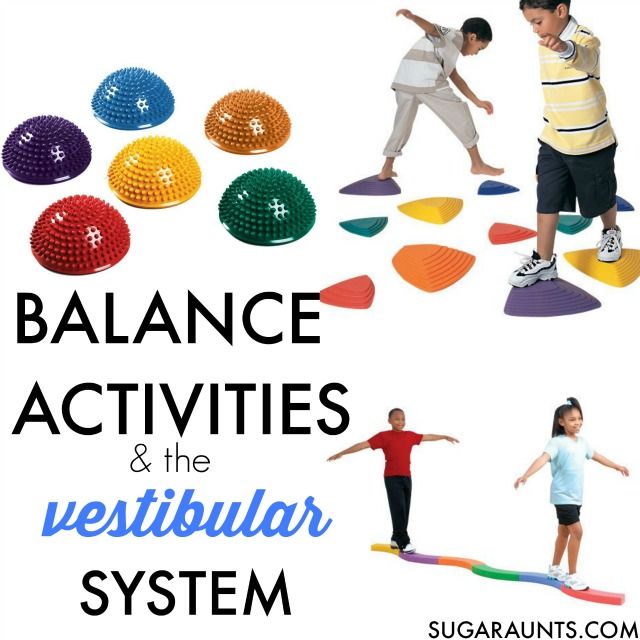
Mental health therapists who work with adolescents and teens know that helping a client develop a healthy sense of self-esteem is a common focus during sessions.
The theory behind this craft? Positive interventions like this can help children who struggle with mental health feel more confident about themselves.
Ask your child to create a personalized mirror for him or herself, adding colors, charms, and words to attach around the mirror that describes them.
#9: A Letter from My Future SelfHere’s another effective activity that can help teenagers express themselves when they might not be able to do so easily through traditional conversation.
You’ll ask the client to imagine the traits they’d like to have and the goals they hope to reach in the future. Next, have him or her picture what advice their future self might give their current self. For example, to keep working hard or stay positive.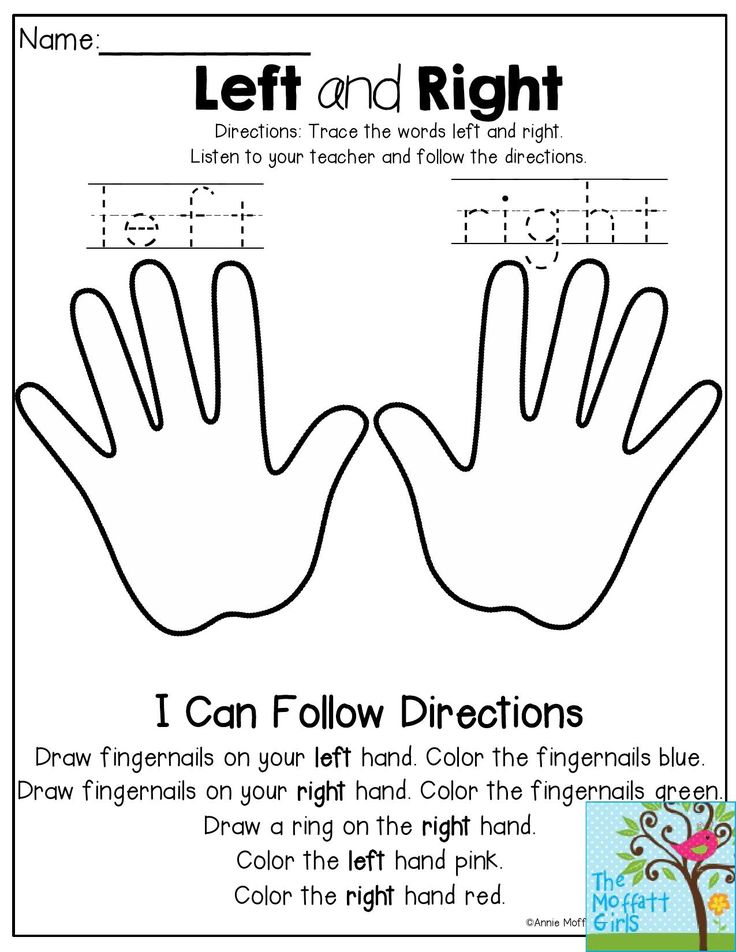 Guide your client as you help him or her write this advice in the form of a letter (then, they can keep it to look back on later!).
Guide your client as you help him or her write this advice in the form of a letter (then, they can keep it to look back on later!).
Board games aren’t just fun, they’re a great opportunity to teach some therapeutic skills!
Let your client choose a game from a selection you have - like Uno and Connect 4. Games like these, which require strategy, help develop impulse control and social thinking skills. The client must consider their opponent’s point of view in order to win the game.
If you’re in a teletherapy session, many games like these are also available to play virtually!
More Resources for Engaging & Effective Therapy
When clients are engaged in effective, fun activities, they are more likely to commit to and participate in therapy sessions. For adolescents and teenagers especially, using motivating activities is key to positive outcomes!
Looking for more resources you can use working with teens and adolescents? Check out our library of free PDF worksheets and handouts in the TheraPlatform resource center
You can use TheraPlatform to manage several aspects of your practice, from documentation to financial organization and scheduling.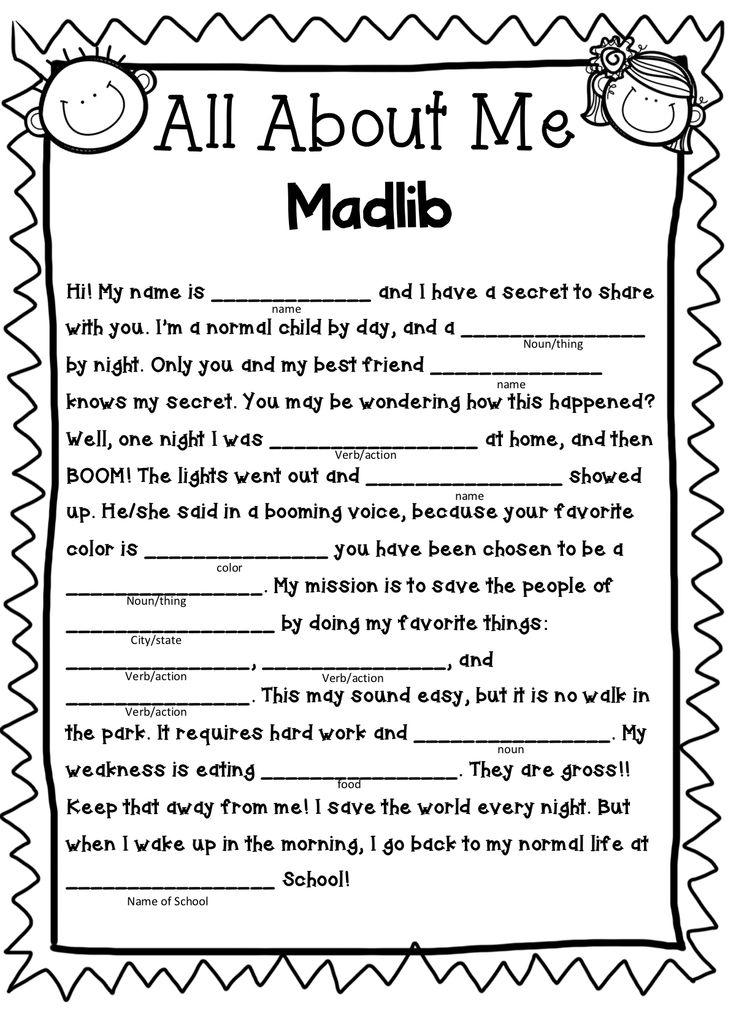 Not to mention, some amazing resources for mental health therapists! Consider starting with a free trial of TheraPlatform today.
Not to mention, some amazing resources for mental health therapists! Consider starting with a free trial of TheraPlatform today.
10 Creative Teen Therapy Activities – My Clients Plus
That the teenage years occupy a unique space in the stages of human development. These years are usually defined by exploration and risk, along with the struggle to solidify a sense of identity. If presented with a time machine, few of us would choose to turn the knob back to the setting labeled “teenage years.”
For therapists, reaching teens can be especially challenging. Teens are too old for many of the techniques used effectively with children, but they’re not quite mature enough to process issues like adults do. Working with adolescents often requires out-of-the-box thinking to connect with them and help them. In this post, we explore some creative ways to build rapport with teenage clients and share ten fresh and engaging teen therapy activities.
Step one in any successful client-therapist relationship is to establish mutual trust.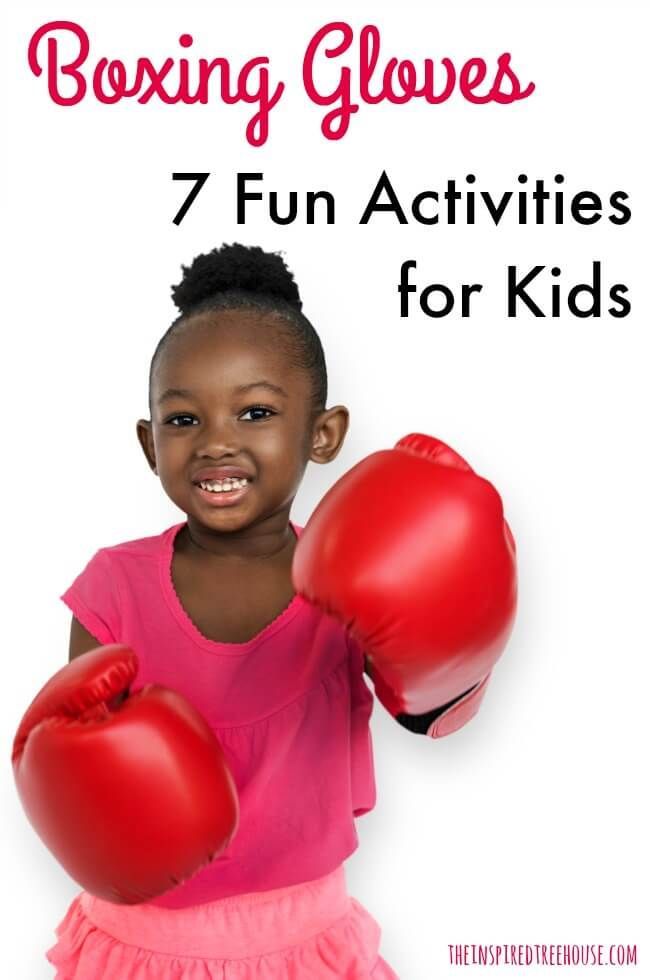 Here are a few easy ways to engage teens in meaningful ways as you begin working together. For even more ideas, take a look at this helpful guide published by the Australian Psychological Society.
Here are a few easy ways to engage teens in meaningful ways as you begin working together. For even more ideas, take a look at this helpful guide published by the Australian Psychological Society.
- Share Decision-Making Power — Most teenagers prefer to make their own decisions. Capitalize on that desire by involving them in planning their treatment. Present them with several treatment options and then invite them to offer their input on the options they feel would be most beneficial to them. Giving a teen real choices provides a sense of ownership and engagement that can transform a therapy skeptic into an active participant.
- See Technology as an Ally — Young people today are growing up with technology as a fully-integrated part of their lives. Most have never known a world without wifi, apps, and smartphones. Use this to your advantage. Teens are likely to welcome lectronic assessments and rating scales, and they often feel more comfortable being open and honest when using technology to express themselves.
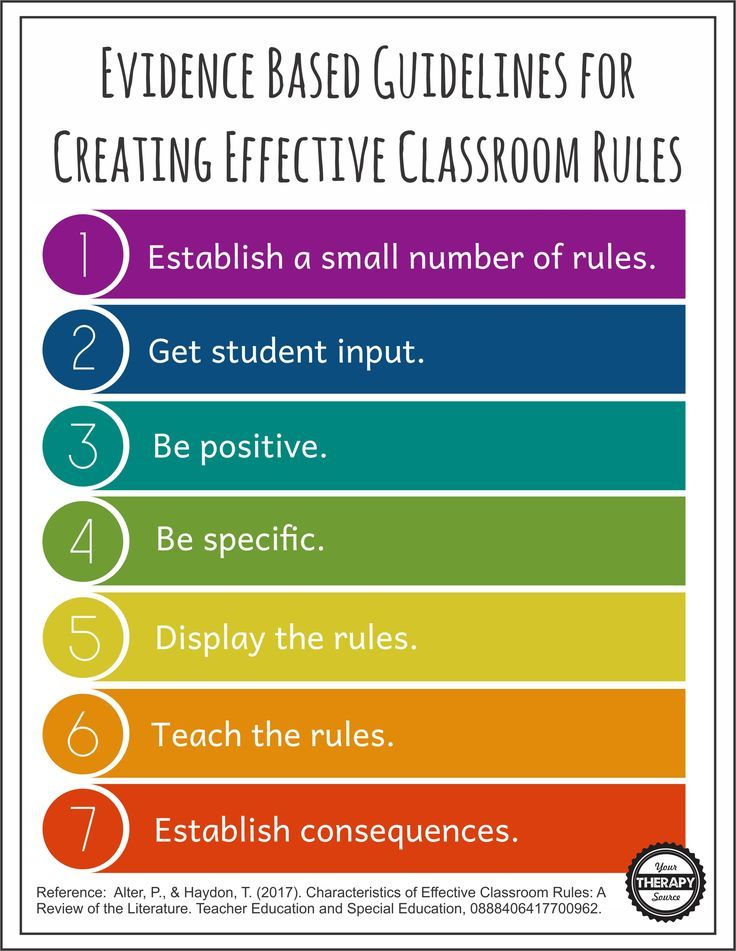
- Rate Their Experience — If a retail business asks you to rate your experience shopping with them, you feel a sense of empowerment and that your opinion actually matters. The same holds true for clients, especially teenage ones. At the end of each session, ask them to rate their experience. Especially when you’re starting off with a new client, ask them to provide frequent feedback. Scott Miller’s Session Rating Scale is simple and easy-to-use.
We’ve curated a list of our top ten favorite teen therapy activities that you can use in your sessions with teenage clients. These ideas come courtesy of Lina Lowenstein and the American Counseling Association.
1. I Am, I Think I Am, I Don’t Think I Am — Using a stack of cards that feature different character attributes, ask the teen to sort them into three piles. The first pile is for attributes the teen knows they have, the second is for attributes they think they have, and the last one is for attributes they know they don’t have.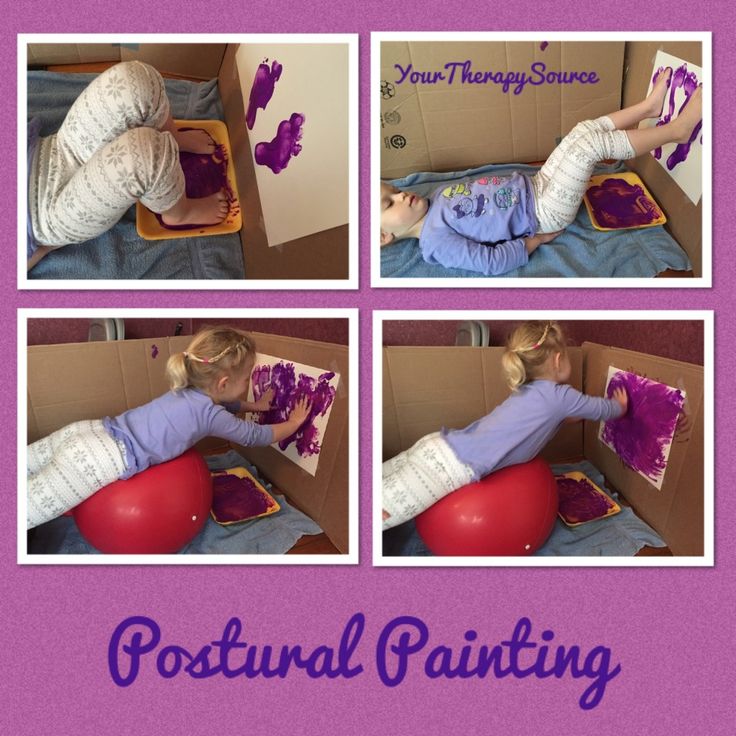 This activity gives you an opportunity to better understand the teen’s concept of themselves.
This activity gives you an opportunity to better understand the teen’s concept of themselves.
2. Anger Menu — Menus are a convenient way to display available choices when dining out, and they work just as well in therapy. Create a folded menu titled Anger Menu on the outside with Menu Options written on the inside. Brainstorm together on different options for expressing anger appropriately. Have the teen write down the different possibilities on the inside of the menu.
3. “It’s My Life” Music Album — Music is something most teens enjoy talking about. Start off this activity by inviting the teen to share their musical tastes, favorite artists, and albums. Ask them to design a vinyl cover for their own music album complete with album title, playlist, and album artwork. This activity can provide valuable insights as you observe and gently ask questions about their choices in artwork, song titles, etc.
4. Lifeline — In this activity, you ask the teen to create a timeline of their lives.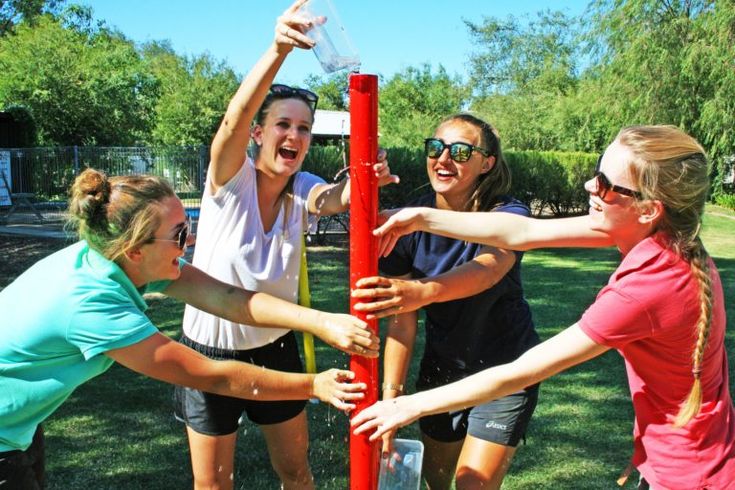 Working with collage or by drawing, the teen will fill in the timeline up to the present day. Invite the teen to share about important life events, and complete the future section of the timeline based on their hopes and dreams for what lies ahead. This activity provides a less-intrusive means of gaining insights into the client’s early life history as well as their goals for the future.
Working with collage or by drawing, the teen will fill in the timeline up to the present day. Invite the teen to share about important life events, and complete the future section of the timeline based on their hopes and dreams for what lies ahead. This activity provides a less-intrusive means of gaining insights into the client’s early life history as well as their goals for the future.
5. Exploding Balloons — This engaging activity spurs some deep thinking about the importance of releasing pent-up anger in a healthy way. Have the teen start by donning a pair of safety goggles and hand them a deflated balloon. Ask them to think about a situation that made them angry when they weren’t able to talk through how the situation made them feel. Instruct them to blow a breath into the balloon. Have them repeat the process until the balloon explodes. Then, hand them a second balloon and instruct them to blow it up in the same way, stopping short of the exploding point. Prompt them to talk through their angry feelings around the situation, instructing them to release a little bit of air as they talk, until the balloon is empty.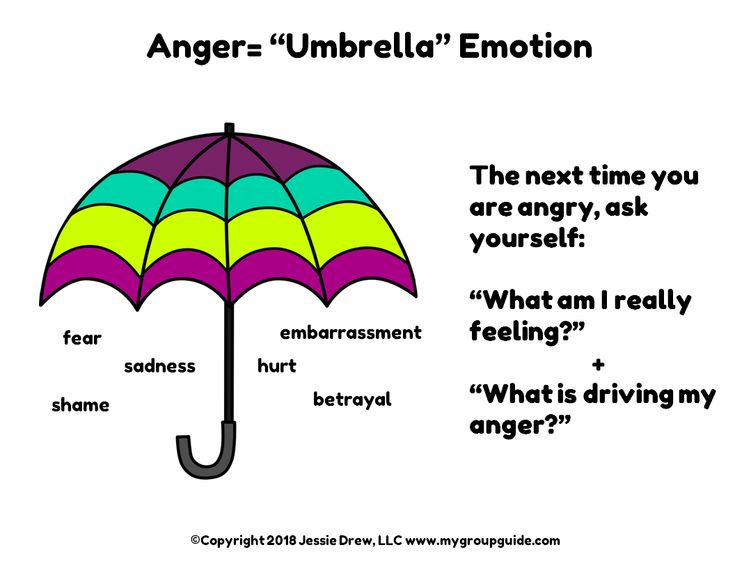 This time, no explosion! Brainstorm coping strategies they can use to release anger in healthy ways.
This time, no explosion! Brainstorm coping strategies they can use to release anger in healthy ways.
6. Paparazzi — Many teens follow celebrity news, and one of the primary ways celebrity lives are documented is with paparazzi photos. In this activity, the teen is instructed to be their own paparazzi, taking pictures of the important people and places in their lives. Once they’ve assembled a collection of photos that’s representative of their life, they’ll create a “tabloid” magazine with photos arranged and labeled by places, support people, and objects they consider important parts of their life.
7. The Paper Bag Story — Teens often struggle with expressing difficult parts of their lives directly. This activity is designed to provide an indirect means of disclosing challenging life experiences. You’ll begin by showing the teen a paper bag with instructions to create a mixed media collage about their life. The front and back of the bag are places to display important life events.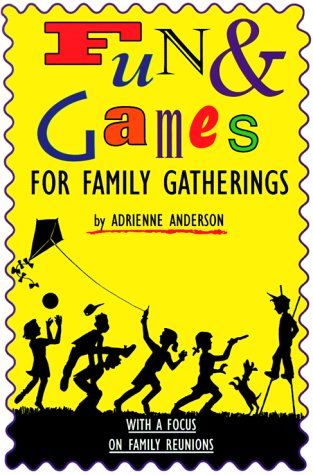 The folded sides of the bag that are only visible when the bag is completely unfolded are spaces to document painful or challenging experiences. The bottom of the bag is reserved for those things that are the most difficult to express.
The folded sides of the bag that are only visible when the bag is completely unfolded are spaces to document painful or challenging experiences. The bottom of the bag is reserved for those things that are the most difficult to express.
8. Social Media Profile — This activity leverages the familiarity with social media. After discussing as much of the teen’s social media profile as they’re comfortable with, you’ll present a social media-style paper template with each of the components of an online social media profile. Each section prompts the teen to describe some important belief they have about their life. For example, the profile photo section may contain a prompt to draw a vision of their future self, imaging what the future may look like for them. In the intro, the template may ask them to describe how they see themselves and how they believe other people see them. You can customize the prompts on the template to target individual clients’ treatment goals.
9. Talk Meter — Teens often find it difficult to talk to a new adult, especially about challenges they’re struggling with. The talk meter activity provides a way for them to indirectly express how willing they are to engage. You begin by presenting a sketch of a thermometer or other gauge, labeled in increments ranging from “not ready to talk at all” to “absolutely willing to talk.” Have the teen color the thermometer in up to the point that represents their current comfort level with talking. Wrap up by discussing the barriers they face to opening up during therapy.
Talk Meter — Teens often find it difficult to talk to a new adult, especially about challenges they’re struggling with. The talk meter activity provides a way for them to indirectly express how willing they are to engage. You begin by presenting a sketch of a thermometer or other gauge, labeled in increments ranging from “not ready to talk at all” to “absolutely willing to talk.” Have the teen color the thermometer in up to the point that represents their current comfort level with talking. Wrap up by discussing the barriers they face to opening up during therapy.
10. How I Felt the First Day — It’s important to celebrate progress and look back on gains made during a course of therapy. This activity is a quick and easy way for a client to reflect on how far they’ve come. On the first day of therapy, ask them to write on the front of a blank piece of paper how they feel about therapy. Keep the paper in the client’s file, and on the last day, ask them to write on the back of the paper how they feel now.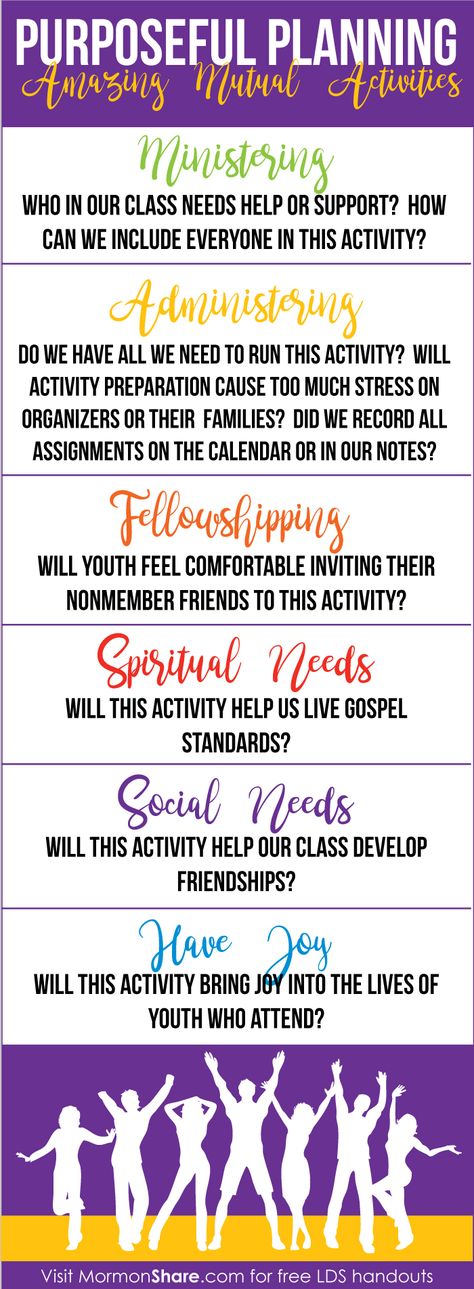 Celebrate the progress!
Celebrate the progress!
Working with teenagers in therapy can be incredibly rewarding, but they require an approach that’s tailored to the unique way that they perceive themselves and the world around them. When working with teens, therapists are most effective when they take the time to build a strong sense of rapport early on, building trust in the therapy process. Engaging adolescents in customized therapy activities keeps them open and engaged, increasing the chances that they’ll successfully meet their treatment goals.
10 unusual methods of psychotherapy. Treatment sometimes takes rather strange forms ... - Archive of publications and news articles of the portal DISLIFE
When it comes to psychotherapy sessions, most often they imagine a patient relaxing in a chair in front of a psychotherapist and talking about his problems and experiences. But in fact, treatment sometimes takes quite unusual forms. In our review of 10 rather strange methods of psychotherapy, which experts call very effective.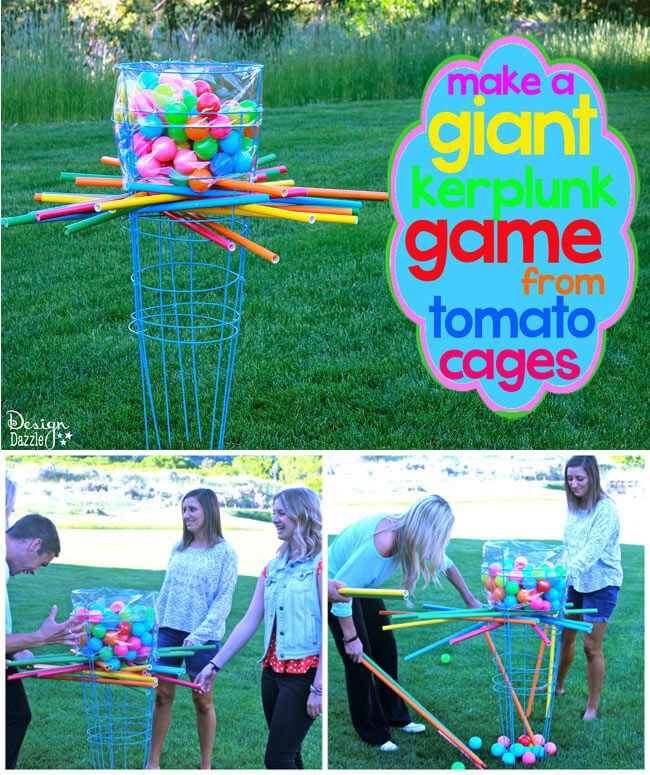
1. Sexual replacement therapy
The therapist looks into the patient's eyes, holds his hand and kisses him passionately on the lips. This is not a violation of the American Psychological Association code of ethics. Kissing, and sometimes not only kissing, is part of the practice of a sexual surrogate.
Sex surrogates are trained professionals who help people overcome various intimacy issues. Surrogate therapy goes beyond the usual conversation with the patient, rather it is a model that fits the romantic and sexual relationship.
Sessions can include everything from conversation and social contact to sexual intercourse.
2. Hippotherapy
Horse riding is no longer a luxury for the rich. Horses have become an excellent therapy for troubled youth, drug addicts and people with disabilities. Through training in horse care and riding, important social skills can be developed, such as self-confidence, patience, and the ability to care for others.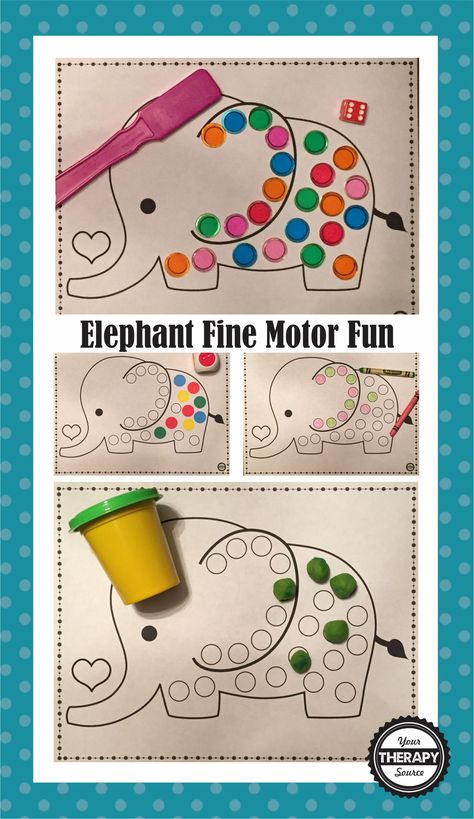
Because horses can weigh up to 900 kilograms and are very shy, patients learn to overcome their fears and anger.
3. Nude psychotherapy
To expose not only the soul, but also the body.
Now this type of therapy has already been forgotten, but in the late 1960s it was quite popular to expose not only the soul, but also the body during sessions with psychologists. The ancestor of this movement was
Paul Bindrim is an unconventional psychologist who believed that nudity would allow people to get rid of the social conventions that clothes create, as well as flaunt most of the personal emotions.
Bindrim believed that true freedom from negative thoughts can only be achieved if one can expose the most intimate motives and details.
4. Chess therapy
Sometimes healing is best done in the company of chess pieces. This method is used to treat patients who have problems with verbal communication.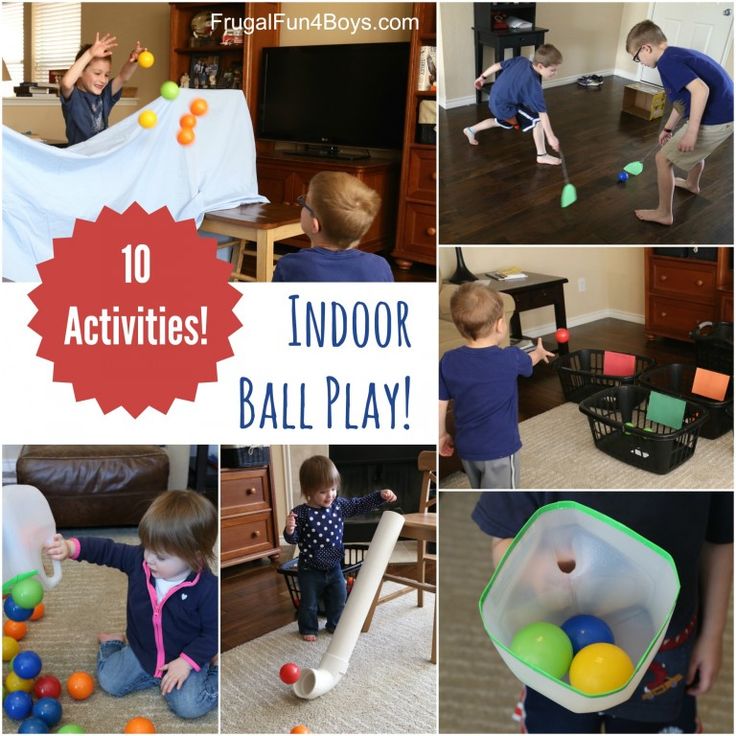
The idea of using board games to help patients learn how to solve their problems was first used by the Persian scholar Razi (852-932 AD) during his tenure as chief physician at a hospital in Baghdad.
Since then, the game of chess has been used to simulate real problems, allowing patients to gain skills in conflict resolution and decision making.
5. Wildlife Therapy
After you finish pitching the tent and lighting the fire, no doctor is needed anymore. Wildlife therapy is a successful, albeit controversial, way to help troubled youth.
Being alone with wildlife and engaging in recreational activities such as climbing and fishing teaches self-reliance and responsibility.
Such programs can often change even the most rebellious offenders, including juvenile delinquents and adolescents with depression or anger management problems.
6. Hypnotherapy
Hypnosis may seem like a trick of charlatans, but with its help, experts help people penetrate their own subconscious in order to get to the cause of psychological problems.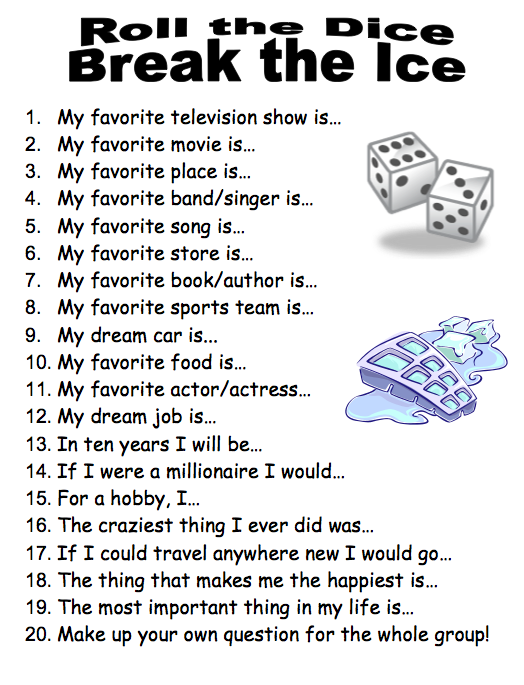 Hypnotherapy helps patients change unwanted aspects of behavior.
Hypnotherapy helps patients change unwanted aspects of behavior.
Psychotherapists who use this method believe that while under hypnosis, patients can uncover negativity in their subconscious. Patients can even learn to hypnotize themselves to come out of stress on their own.
7. Sand therapy
Building sandcastles is not only a fun pastime on the beach in the summer, but also a form of therapy. Like chess therapy, sand therapy offers people with communication problems the opportunity to share their feelings by creating sand figures together.
Children, and sometimes adults, can express their feelings without saying a word. Inspired by the teachings of Carl Jung, Swiss psychologist Dora Kalff developed Sand Therapy, in which patients are given a tray of sand and various shapes to mold it into.
The sequence of sculpted figures is believed to reflect real problems in the patient's life. Therapists are specifically trained to interpret these symbols.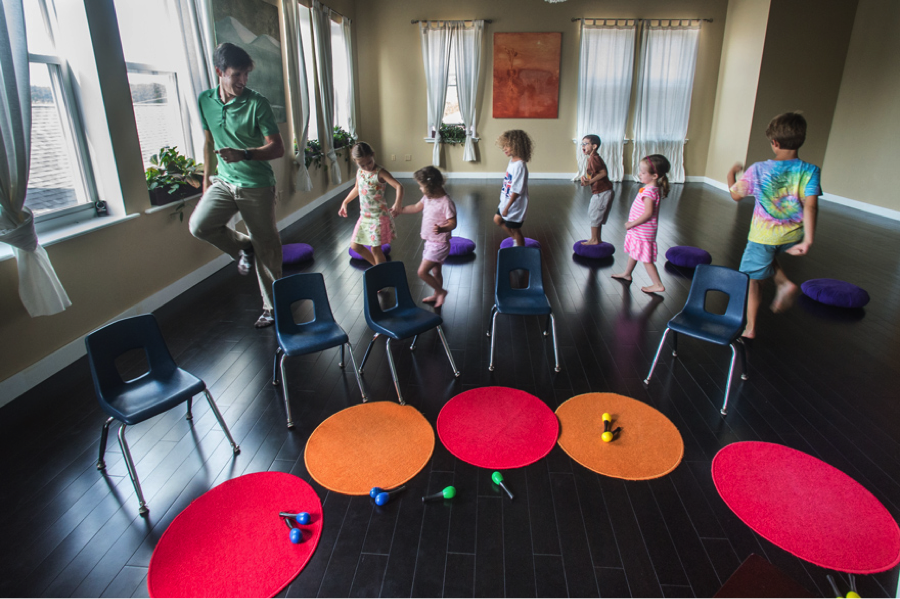
8. Implosion therapy
Phobias - extreme and irrational fears - can cause a lot of trouble and embarrassment in life. It is for the treatment of phobias that flooding or implosion therapy is used, during which patients deliberately plunge into memories or situations that cause them fear.
For example, a person who is afraid of dogs will first look at photos with dogs under the supervision of professionals. He is then told to simply look at the dogs from a safe place.
When the patient can look at the object of his phobia without fear, he will be offered to pet the puppy. However, in some cases, implosion therapy leads to a worsening of phobias.
9. Doll therapy
Animal toys can help people learn how to deal with an overbearing boss, an annoying neighbor, or a restless child. Puppets play an important role in therapy, helping patients express emotions and engage in conversations that they fear in real life.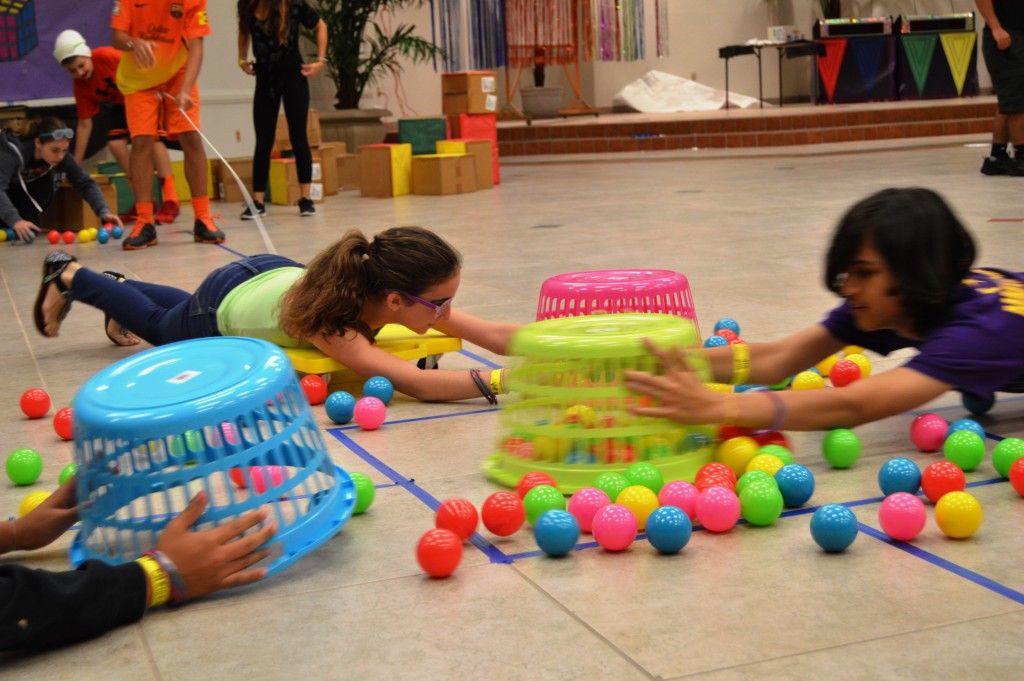
For example, when patients learn to be assertive with a toothy tiger toy, they will be more free to assert their own opinions in conversations with people. Dolls and other forms of play therapy have proven to be a great way to teach autistic children social and creative skills.
10. Gardening therapy
It is worth imagining how much patience and knowledge it takes to grow a tiny seed into a big tree. In horticultural therapy, therapists combine their love of nature with knowledge of mental health.
As in equine therapy, plants are used to impart various lessons and skills to patients. Horticultural therapy is especially beneficial for people with disabilities.
In communion with nature, patients find the peace they lack in their own lives.
10 Art Therapy Co-creation Exercises | Entertainment
Art therapy is an excellent psychotherapeutic method for working with children of different ages.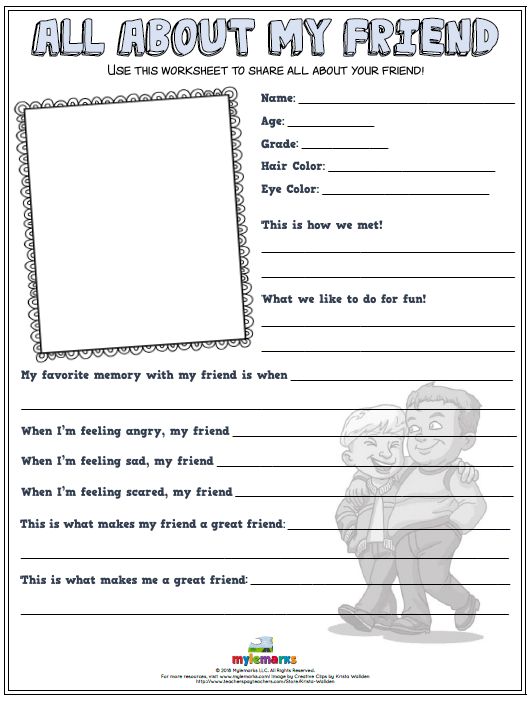 Creative activities allow the child to relieve emotional stress, get rid of stress and anxiety, cope with various fears, sleep disorders. In addition, the interaction of children with different materials contributes to sensory development, improvement of the psycho-emotional state, removal of muscle tension, development of creative and cognitive abilities. Solid benefit!
Creative activities allow the child to relieve emotional stress, get rid of stress and anxiety, cope with various fears, sleep disorders. In addition, the interaction of children with different materials contributes to sensory development, improvement of the psycho-emotional state, removal of muscle tension, development of creative and cognitive abilities. Solid benefit!
Many people think that art therapy can only be done at a specialist's appointment. Of course, this option will be ideal, since the art therapist has a huge number of effective techniques and appropriate equipment in his arsenal. However, at home, together with children, you can perform effective art therapy exercises. We will tell about them now.
Exercise #1: Finger Painting
Finger painting is the most accessible and versatile art therapy exercise. You can perform it with younger preschoolers, and with schoolchildren.
Finger painting perfectly relaxes the child, helps to relieve stress, develops hand sensory and creativity.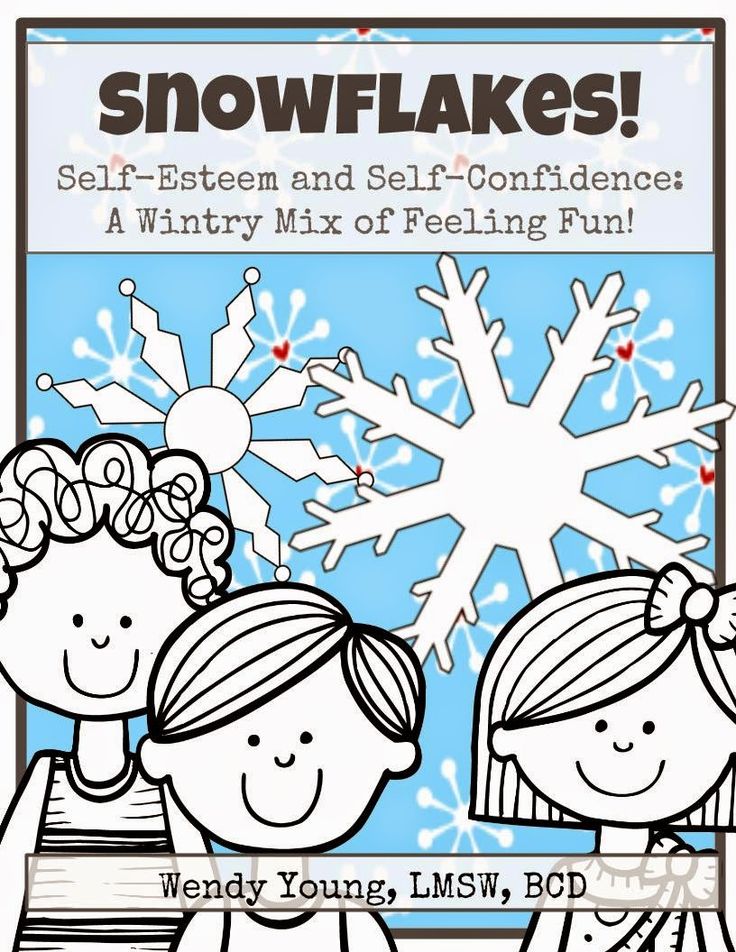 It is better to invite the kid to choose the color of paints himself and trust his instinct in choosing a topic: improvisation? Patterns? A painting based on last summer? The choice is for the child. You can agree to make a picture together, or you can watch how a son or daughter manages to create on their own.
It is better to invite the kid to choose the color of paints himself and trust his instinct in choosing a topic: improvisation? Patterns? A painting based on last summer? The choice is for the child. You can agree to make a picture together, or you can watch how a son or daughter manages to create on their own.
Exercise No. 2: Blind molding
Blind molding is a method that allows you to “say” everything that has accumulated in your soul to a soft, pliable material. Children who are still poorly able to understand their feelings and control them will really like this exercise.
Any material can be used: classic or ball plasticine, clay, dough and even wax. Just ask your child to create some kind of figurine with their eyes closed.
What is the essence of the exercise? The child will have an image in front of his eyes (albeit closed) that he would like to portray. It is this that he will embody sensually, without looking at the material. It is difficult, but fine motor skills, sensory perception and imagination are actively involved in the work.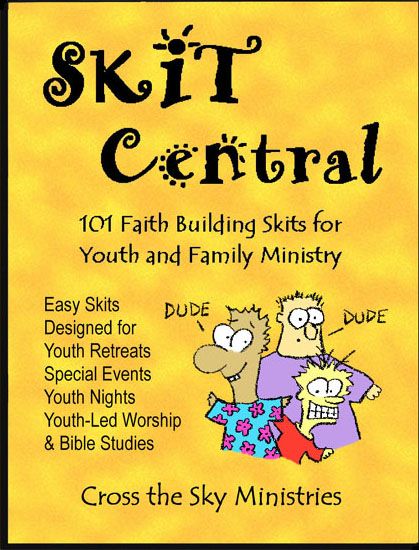
Exercise #3: Good Mood Pot
Cook a good mood? As easy as pie! Offer your child this option to relieve stress. Choose any container (for example, a pot, cauldron or wok) and decide what you can cook a good mood from.
Give your child room for imagination: maybe a geranium flower is needed for a good mood? Three candies and an orange? Favorite toy? Five details from the designer, a drawing with a smile, a sunbeam and a rainbow slime?
Come up with a recipe together and implement it. At the end of the culinary master class, ask your child a question: what else is missing in the dish? What ingredient does he consider the most important? And what dish will turn out if you remove one of the components? What other “potion” would the child like to brew?
Exercise No. 4: Erase your fear
The very task of depicting fear mobilizes courage and courage in a child, because even starting to draw this very fear is not an easy task. The child overcomes the psychological barrier, and then experiences negative emotions through creative actions. Thus, fears are greatly reduced.
Thus, fears are greatly reduced.
It is recommended to perform the exercise on the sand therapy field. At home, it can be any surface with a thin layer of sand, semolina or cereals. Ask the child, using his hands or other devices, to draw his fear, and then erase it together with a movement of his hand or various tools (for example, a plasticine scraper, brush). We can come up with a fairy tale together about how this fear was born in the sand and how a kind wizard came and erased it.
Exercise 5: Drawing music
Visualization of music has a positive effect on the child's emotional background. In addition, this exercise actively involves children's imagination, concentration and relieves increased anxiety.
Turn on pleasant music for your child and ask him to draw with any tools (pens, felt-tip pens, pencils) what he hears. It will be difficult, but very exciting. By the way, it will be especially effective to create a number of such “musical” pictures, including different music for the child: classical and modern, sad and cheerful, slow and fast.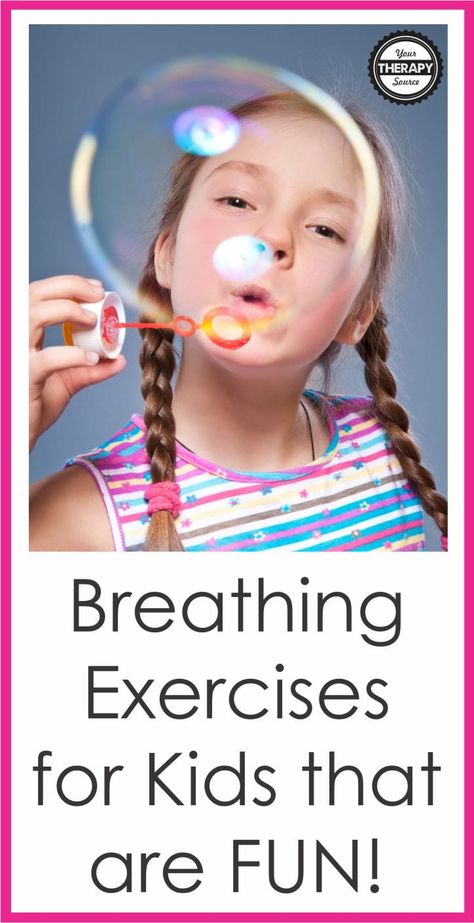 And you join! Drawing music is a lot of fun!
And you join! Drawing music is a lot of fun!
Exercise #6: Comic book
This exercise is great for relieving stress and helping a child to express his or her dreams, desires, fears and problems allegorically.
Make a comic book together - on one large piece of paper or in the form of a book. Let the child come up with the plot, characters and denouement of the story. The main thing is to let him use any available decorating equipment (paints, crayons, colored pens, pencils, etc.).
Exercise No. 7: Collage
Creating a collage perfectly develops children's creative abilities, contributes to the outburst of negative emotions, and activates the imagination. With it, you can find out what the child thinks about and what worries him.
Art therapy collage is a picture of clippings, photographs, stickers and pictures pasted on paper or textiles in random order.
If the child is small, parents can choose materials for the collage themselves (for example, specially cut pictures of sad or happy people).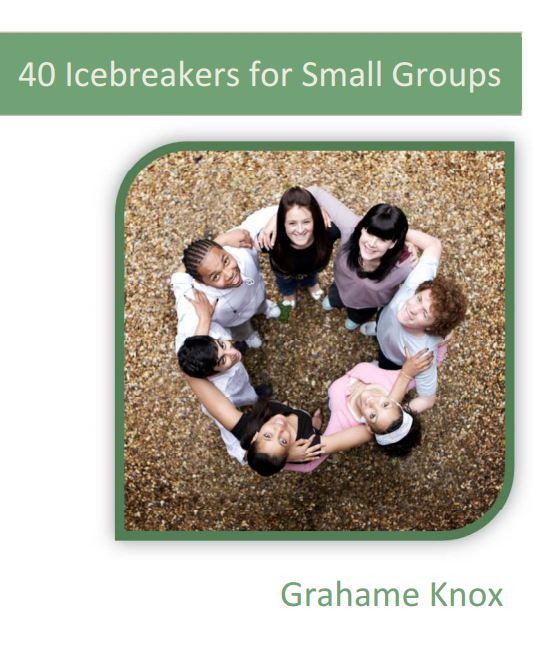 A student can already bring a pile of unnecessary glossy magazines and leave all the work to be done by himself. Choosing certain images, making signatures and freely designing your collage, the child will be able to express his thoughts and ideas. In no case do not interfere in the process and do not offer anything of your own / do not criticize the child's activities. This is only his work, it is not worth judging.
A student can already bring a pile of unnecessary glossy magazines and leave all the work to be done by himself. Choosing certain images, making signatures and freely designing your collage, the child will be able to express his thoughts and ideas. In no case do not interfere in the process and do not offer anything of your own / do not criticize the child's activities. This is only his work, it is not worth judging.
When the work is done, talk about what it means to the artist. Here are some questions to ask:
- Why did you put your favorite artist in the center of the picture?
- What do these words on the left side of the paper mean to you?
- How did you feel when you created this collage?
- How do you think people see you when they look at this collage?
- What did you remember and think about when you made it?
- What was the most difficult/easiest part of your job for you?
- What are your memories of this picture?
- If you could add sound, what would it be?
- What else would you like to tell me about this collage?
- What would you call your job?
- I noticed that you have been looking for a picture for this place for a long time - what does it mean to you?
- Who would you show this collage to and why?
Exercise No.
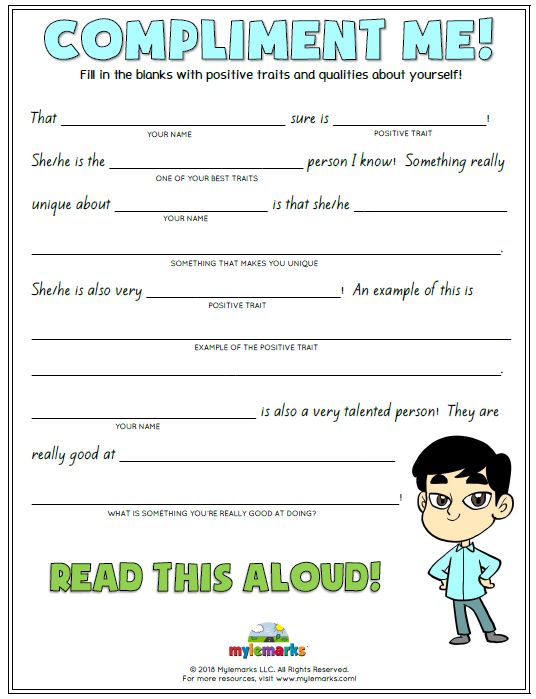 8: Blotography
8: Blotography An excellent art therapy exercise for concentration, development of creative abilities and ability to analyze.
Divide a sheet of paper in half with a pencil. On one half, put any blot (with paints or ink) and ask the child on the other side to draw in the image and likeness of a similar blot in any way convenient for him and in any color. At the end of the exercise, discuss what the blobs look like on each sheet. Almost a handmade Rorschach test!
Another variation of this exercise is to discuss with the child each inkblot made. Who or what does she look like? What is her mood? Did she want to be a different color? Which one and why? Where does she live, what does she do, what does she love? Who is the blot afraid of? If she could speak, what would she say? And so on.
Exercise #9: Emotional self-portrait
An interesting exercise that often leads to unexpected results.
At home, the child should lie down on whatman paper or sheets of paper laid out in a row and ask the parent to trace his torso along the contour.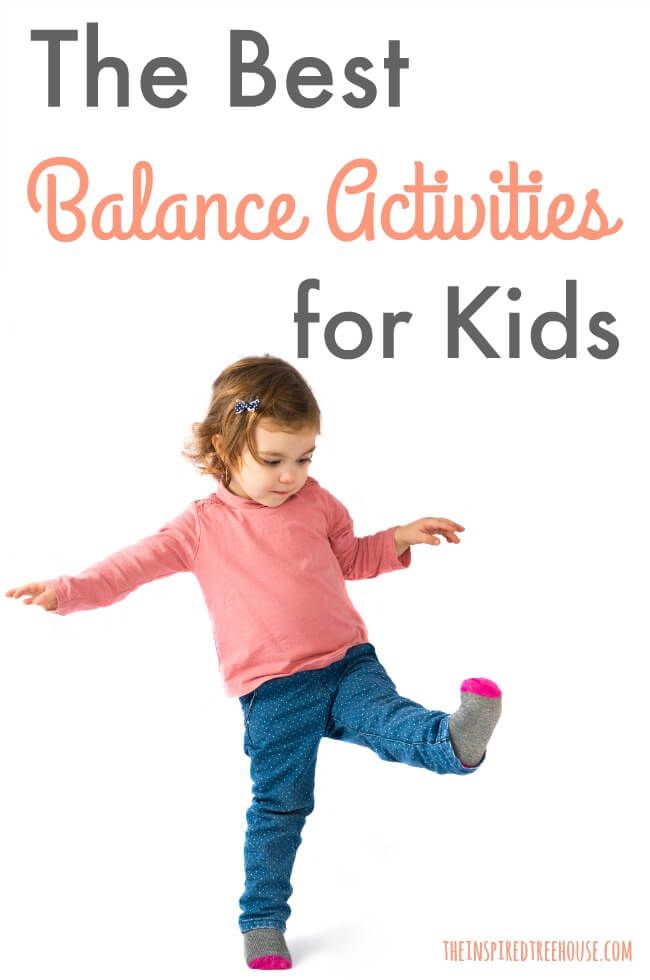 As a result, just a silhouette will remain on paper - and it must be filled in as the child sees fit.
As a result, just a silhouette will remain on paper - and it must be filled in as the child sees fit.
He might want to paint his right hand black and his left hand blue. The little toe of the left foot is red, and the nose is green. In the area of \u200b\u200bthe head, he can stick different colored stickers, and paint cat ears or a peacock tail on the silhouette itself. Or maybe he will bring sugar from the kitchen and sprinkle it in the abdomen.
Lots of options! The main thing is to provide complete freedom, thanks to which the child will feel emotional release and be able to give vent to his feelings. At the end, you can also discuss what happened with the child.
Exercise No. 10: Continue the fairy tale
The essence of this exercise is that the parent tells a short fairy tale fragment, and the child completes it. It is interesting to describe characters in a fairy tale that in some way correspond to members of your family (occupation, hobbies, age, gender, etc.